Fish & Wildlife Management
Fish and wildlife management efforts protect and enhance species and their habitats. This includes targeted restoration efforts, reintroductions of populations, inventory and monitoring populations, disease monitoring, and invasive species control. Techniques like wetland creation, marine and estuary protection, managing forest habitat types, using prescribed fire, habitat plantings, and direct habitat enhancement are utilized to improve and expand species habitat. Along with providing vital habitat for species, this work also provides access for outdoor pursuits. Access areas and facilities allow people to access the out of doors and connect with the land around them and enjoy pursuits such as hiking, wildlife watching, hunting, and fishing. Facilities supported include hunter education centers, fish hatcheries, public fishing access areas, safe target shooting locations, aquatic fish passage ladders, and boat pump-out stations or dock facilities. Together, these efforts sustain species abundance and distribution, promote healthy fish and wildlife populations, and foster a strong connection between people and nature.
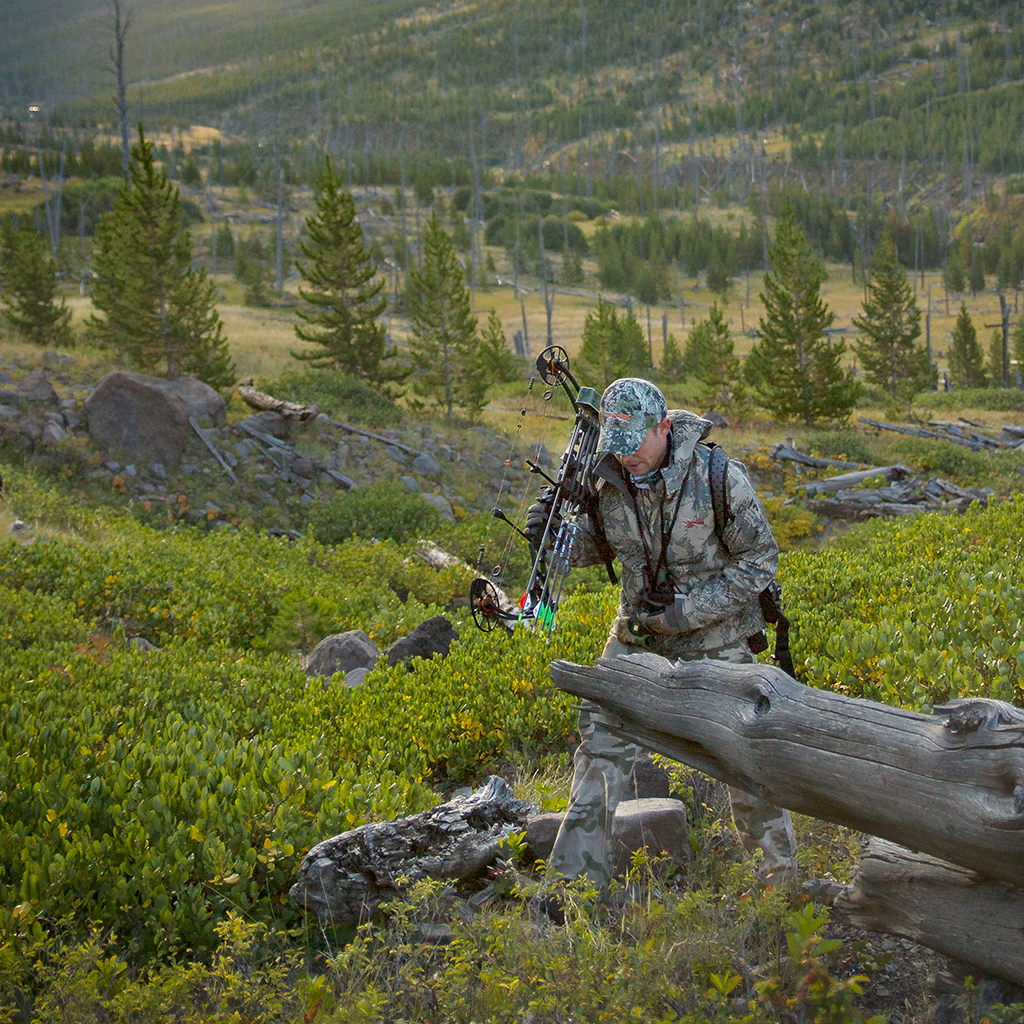
Habitat
Over 36 million acres of land are managed by state fish and wildlife agencies in the United States
Habitat management is an essential component of fish and wildlife conservation. It involves planning and the development and implementation of strategies that conserve and restore natural habitats. This includes the control of invasive species and restoration and improvements to all types of habitats, as well as promoting sustainable land use practices. Effective habitat management is not only essential for the enhancing species distribution and abundance, but also for the numerous benefits that habitats can provide to the public to engage in outdoor pursuits. These sustainable management practices, developed through collaboration and tailored to the unique needs of individual habitats, are the mechanism for the long-term protection of our natural resources.

Species
500 species of wild birds and mammals and 200 species of sport fish are monitored and managed in the United States.
Species management is important in determining the needs of fish and wildlife, to ensure healthy populations into the future. Effective conservation strategies hinge on understanding each species’ unique needs, including population dynamics, and habitat requirements. By assessing basic information and understanding seasonal requirements biologists can tailor strategies to each species. Key elements include population monitoring and species reintroduction. Successful management relies on collaboration between organizations, governments, and local communities, leveraging resources and expertise to benefit fish and wildlife. Ultimately, effective species management conserves our country’s incredible diversity, abundance and distribution of wildlife and wild places.
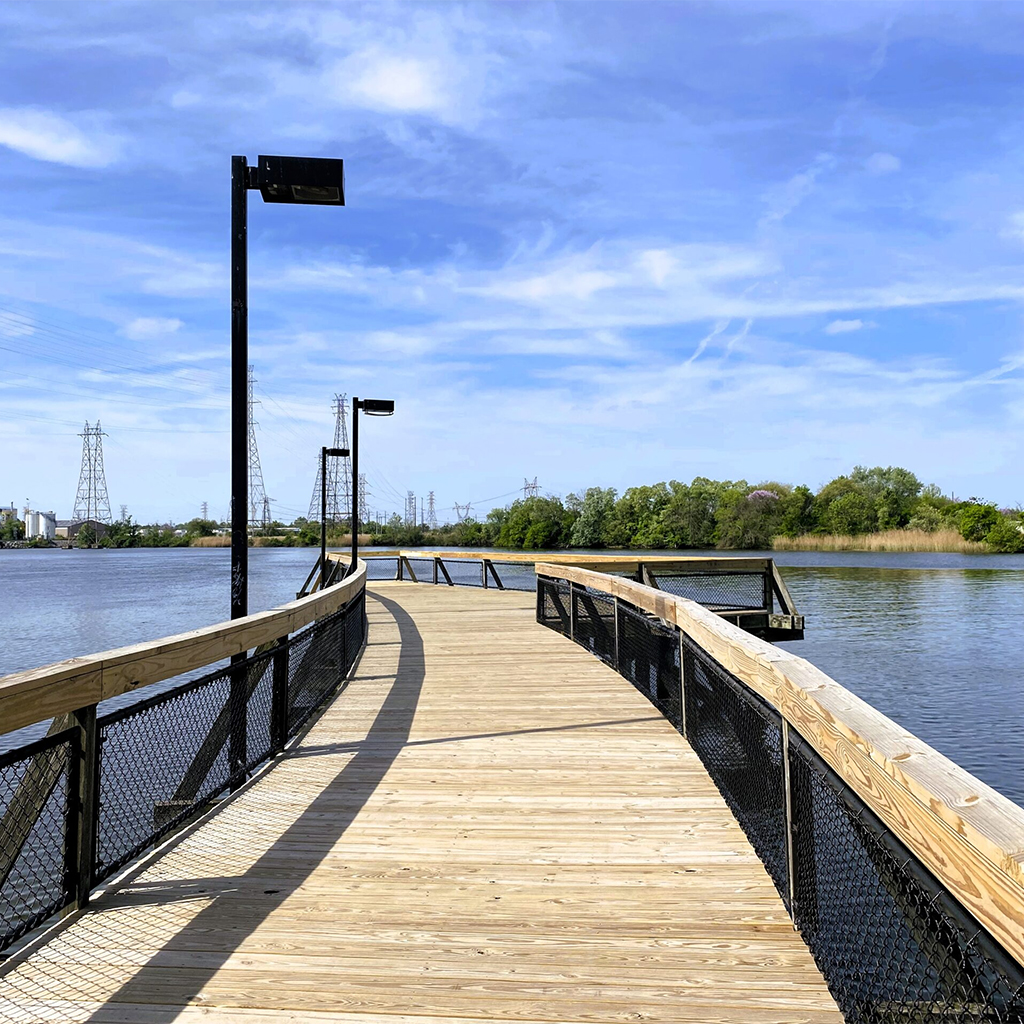
Access & Facilities
Over 8,900 areas are operated and maintained for boating and fishing access in the United States
Access and facility management is essential for ensuring safe and responsible use of public spaces and conservation areas. This management involves developing and enforcing policies and regulations related to public use, ensuring well-maintained facilities, and providing opportunities for education and access to lands and waters. By managing access and facilities responsibly, we can protect sensitive environments, minimize impacts on habitats and wildlife, and improve visitor experiences. Working with the public, including government agencies, conservation organizations, and local communities, access and facility management ensures equitable access to public resources and places, while conserving them for future generations.
Waterways for All
Improving and Expanding Public Fishing and Boating Access
Clean water conservation, healthy fisheries, and easy public access to recreational boating and fishing opportunities are all made possible by the Wildlife and Sport Fish Restoration Program.
In The News
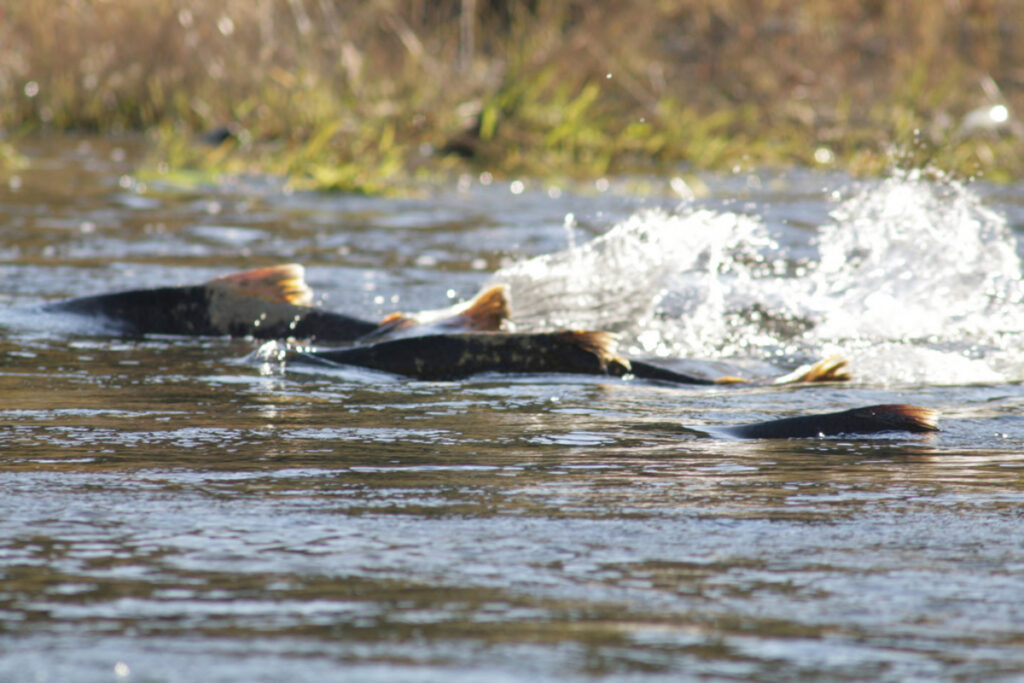
Angling, Management, News
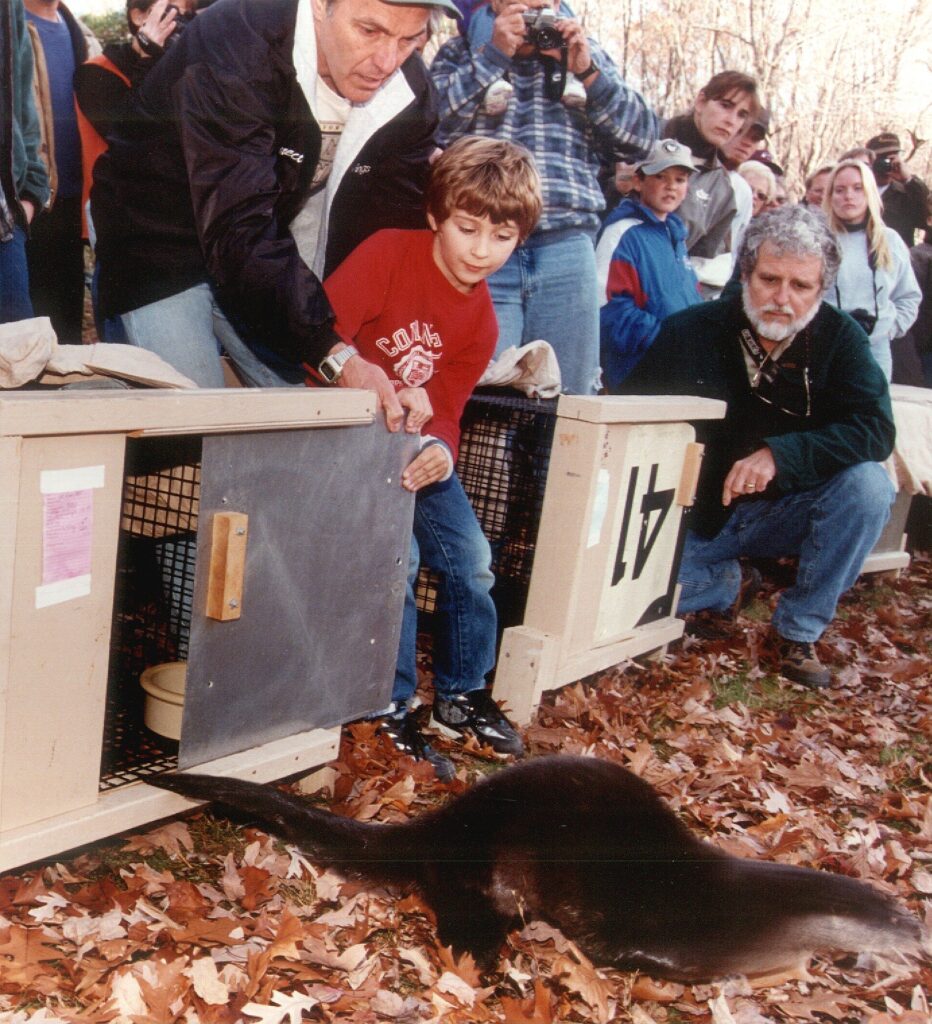
Management, News, Trapping
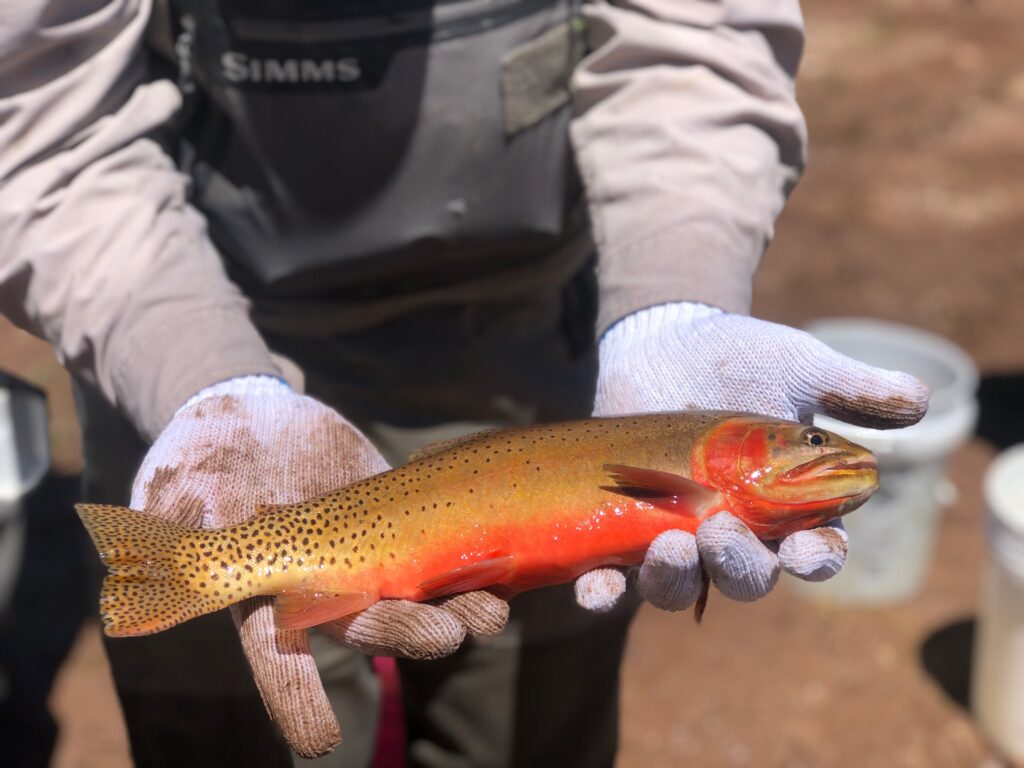
Angling, Management
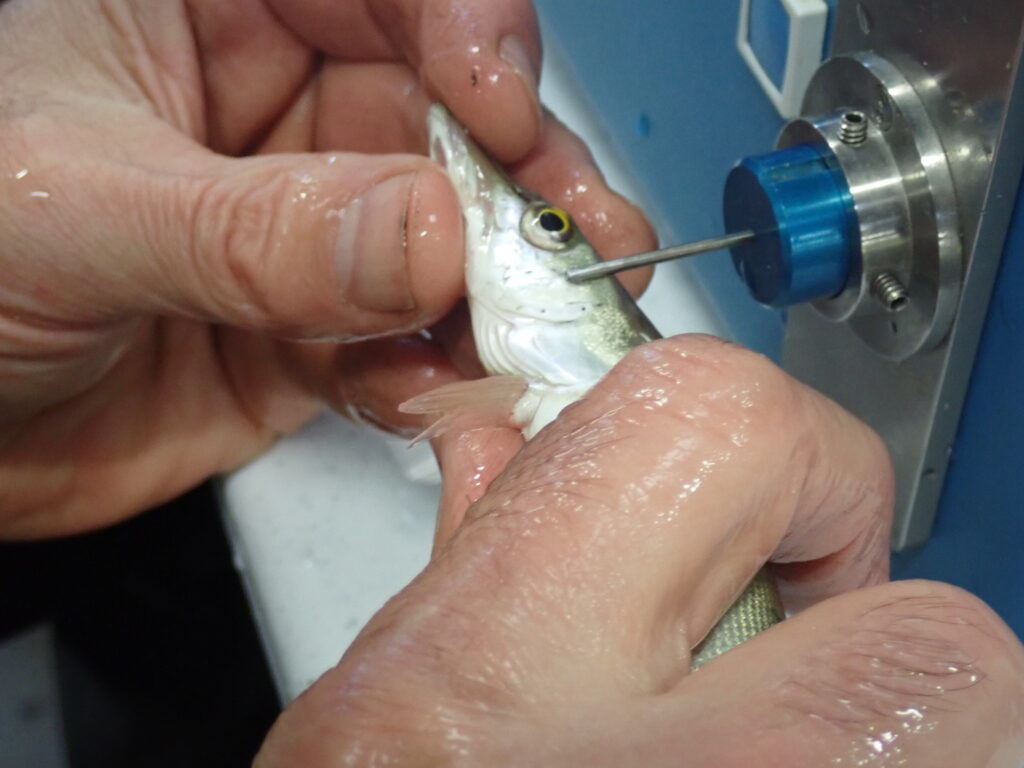
Angling, Management
Archery, Firearms & Ammunition, Management

Management, Research

